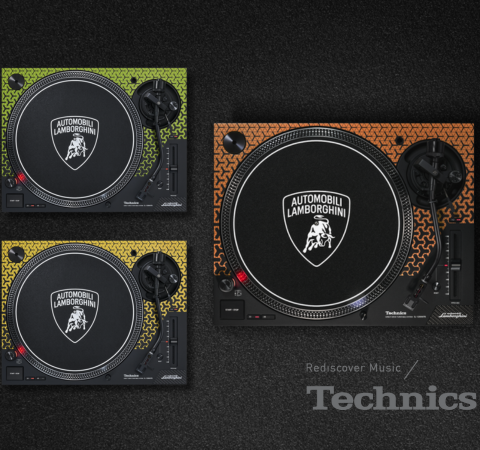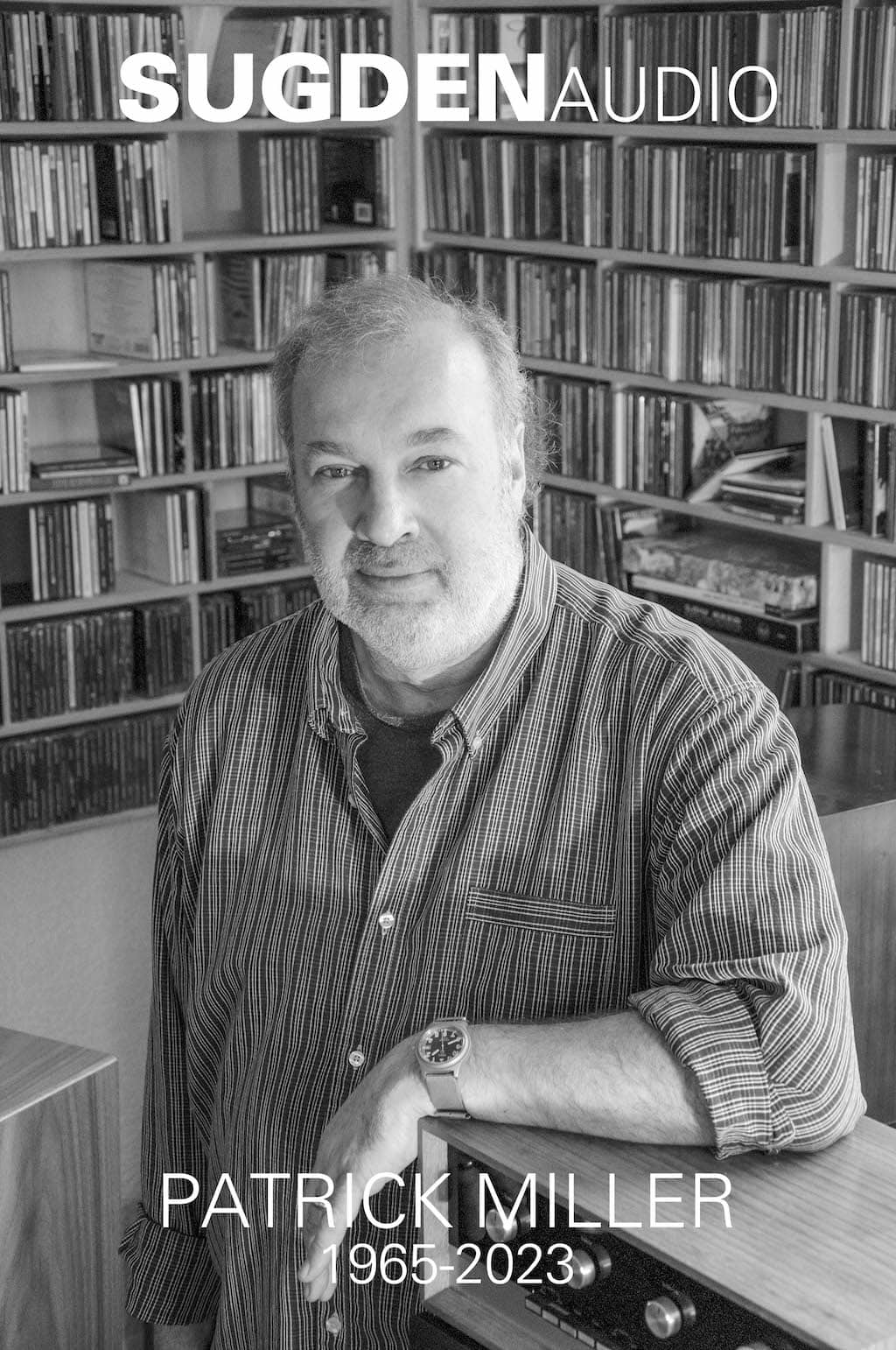 HERE’S A BIT of controversy for you: PS Audio is about to release its new DirectStream DAC. So far so good. But the company reckons that their new DAC exposes a “major PCM cover-up”.
HERE’S A BIT of controversy for you: PS Audio is about to release its new DirectStream DAC. So far so good. But the company reckons that their new DAC exposes a “major PCM cover-up”.
PS Audio says that its new DAC is “so radical that it will show how most other DACs on the market are… broken.”
Fighting talk, don’t you think? Here’s their news release in full, and it doesn’t mince words:
“The back-story: In 1981, music was reproduced exclusively on analogue-based turntables and tape decks. Although there are inherent limitations in their media, records and tape have benefitted from a century of development. Despite the very listenable music coming through those grooves, the audio world wanted more: greater dynamic range, lower noise, extended frequency response.
“No wonder that when, in 1982, Sony and Philips announced they had achieved “Perfect Sound Forever”, music lovers around the world waited in eager anticipation of analogue’s promise finally fulfilled.
“The launch of the PCM-based compact disc would set in motion a 30-year war amongst audiophiles, decimate the analogue format, cover up subtle musical details for decades and turn the music and audio industries upside down – and not necessarily in a good way.
“It might not have ever been a problem if Sony and Philips had waited another decade, and passed over the classic PCM delivery system. It turns out the processing of the CD and its higher-resolution siblings is fundamentally flawed, and has been from the beginning.
“Most modern DACs are broken: music’s details have been more faithfully recorded than we ever suspected, and the cover-up of those recorded details has been with us for more than 30 years. Happily, the missing musical information is still buried deep within our audio libraries—waiting to be revealed.
“The problem is the PCM decoding process itself: whether a classic ladder-DAC or more modern multi-bit Sigma-Delta type, PCM processors universally mask some of the subtle cues in music, and no amount of upgrading, expenditure, tweaking or improvement can fix this fundamentally-flawed system.
“In order to extract everything hidden in PCM recordings, a completely new processing method is needed.
“An end to the 30-year PCM cover-up: PS Audio is proud to end the cover-up, and finally, with the revolutionary DirectStream DAC, reveal all the missing information buried within PCM-based digital recordings.
“Put DSD into DirectStream, you get DSD. Put PCM into DirectStream, you get—DSD.
 “DirectStream converts all digital inputs, including PCM, to pure 1-bit DSD, in an elegantly-simple path. In the process, the PCM feed becomes more linear, less edgy, and never-before-heard musical details are released from all digital audio recordings. Billions of CDs and high-resolution downloads worldwide will gain new life, and be saved from obsolescence – and recycling bins or landfills.
“DirectStream converts all digital inputs, including PCM, to pure 1-bit DSD, in an elegantly-simple path. In the process, the PCM feed becomes more linear, less edgy, and never-before-heard musical details are released from all digital audio recordings. Billions of CDs and high-resolution downloads worldwide will gain new life, and be saved from obsolescence – and recycling bins or landfills.
“Its secret is in its simplicity: Take a look at this comparison diagram: on the top is a block diagram of one of the best PCM-based processors in the world, the ESS Sabre DAC. Look at that cluttered, circuitous path – then look at the pure simplicity of the DirectStream. The PCM processor’s tendency to mask music’s subtle details is largely due to its complex needs, multiple clocks, power supplies and limitations inherent in ICs.
“It’s not enough to just convert PCM to DSD: Converting PCM to DSD can be an easy exercise using any number of computer software programs or IC solutions. Converting PCM to DSD properly, and in such a way as to reveal missing details in the music, is a serious technical challenge.
“DirectStream utilises 66-bit fixed-point FIR filters, eliminates headroom issues common to PCM, flattens noise response in the 20-100kHz region, uses coefficients optimised for best sound rather than faster processing speed and optimises hardware-specific operations not possible in software.
“Method: Unlike other processors available today, DirectStream unifies all inputs (PCM or DSD) at 10 x DSD, then uses a true single-bit double-rate DSD core engine. True DSD core engines (compared to the standard multibit Sigma-Delta converters followed by random lower quality multibit converters) offer advantages in simplicity, linearity, and in analogue-like overload characteristics that avoid PCM’s “hard clipping” potential and a PCM processor’s propensity to mask subtle details.
“Construction: Instead of being based upon a packaged PCM-based DAC chip, with all of its inherent compromises and limitations, DirectStream utilises an FPGA (Field-Programmable Gate Array). An FPGA is capable of dissipating large amounts of heat, enabling intensive levels of signal-processing that are impossible to achieve with an off-the-shelf chip.
“Further information of lead designer Ted Smith’s seven-year journey leading to DirectStream, as well as complete details of DirectStream’s design and features, download the DirectStream White Paper. Videos of Ted’s discussions of his design process as well as the entire Gus Skinas interview can be found here.
“PS Audio’s DirectStream is a totally new approach to processing digital signals. By means of its radical architecture and construction, it is able to offer state-of-the-art digital performance and previously masked musical details from all formats, at an affordable price. DirectStream will change viewpoints regarding ultimate sound-quality while simultaneously offering greater value than any contender for state-of-the-art.
“PS Audio’s DirectStream isn’t just another new DAC. It’s a whole new process for decoding digital audio.”
The PS Audio DirectStream will be available in NZ from The Listening Post in April or May, and its RRP will be NZ$9995.
Owners of Perfect Wave DAC and Perfect Wave DAC II can upgrade, and are urged to contact The Listening Post.

















OK, by looking at their “comparison diagram” I can see that PS Audio’s DirectStream is way simpler. So simpler, in fact, that they have even managed to eliminate the requirement for power supplies! Some of the real details seem to be buried in a layer of hyperbole. Oh well…